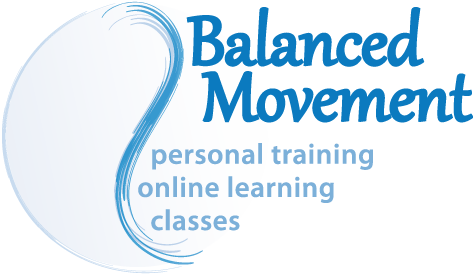Recovery
Brian Beatty, PT, CFP
Supporting the components of recovery accelerates the benefits of training, while ignoring the basics of recovery can negate the benefits of training. Sustained lack of recovery can even lead to overtraining syndrome where whole body degradation occurs and performance decreases.
An important thing to understand about recovery is that the natural process of the body is one on continual rebuilding and remodeling. The stress loads of our activities serve to set a standard level to which the body strives to achieve with the natural rebuilding process. Training activity sets the standard, recovery is how we get there.
Basic Recovery Objectives
1. Replenish the body from the exercise effort: rehydrate and restore muscle fuel.
2. Remove metabolic waste and fluid from the tissues
3. Reset the normal resting tone and mobility of the musculature
4. Address any specific areas of excessive tissue strain
5. Support the body’s natural regeneration and repair processes that occur during rest and relaxation
Recovery begins as soon as the efforts of our activity end. Certain components of recovery can be most effective if they occur in the metabolic window while the body’s processes are still accelerated from a workout. Objective 1; replenish is the most time critical recovery component. Rehydration and restoring fuel to the muscles are most effective when they occur within the first 30-60 minutes after completion of exercise. Drink your water, get your electrolytes back in your system and eat even if you are not hungry yet. Your body needs to replenish the resources it just used, your goal is to do so before it tells you that you have to. Drink before you are thirsty, eat before you are hungry.
(more guidelines on what to eat, when, why the 30 min window is important)
A Dynamic Cool Down after exercise aids in areas 2, 3 and 4 above. Gentle muscle stretches and contraction / relaxation cycles through full ranges of motion help to clear built up fluid and waste from the muscles and return that fluid to normal circulation. A cool down routine also gives the nervous system a chance to relax tension in the muscles and tendons that was necessary for the activity. The cool down routine should be gentle and slow enough to also allow you to do a ‘body inventory’ or self-check. If there are areas that need specific attention, make a note of them to address sooner than later.
Other strategies for clearing the tissues include assisted tissue mobilization (foam rolling, trigger point work), massage, restorative yoga or stretching, restorative positions such as legs up the wall and compression strategies. Compression can be either through garments (socks, sleeves, etc.) or via submersion (Ice baths, swim, jump in the lake). These are generally strategies that address the whole body or at least all of the lower torso and legs.
The goal of all global soft tissue interventions during recovery should be to facilitate the muscle return to its most relaxed state with as little extra tension held in the muscles as possible. This relaxed state allows optimal nutrition and rebuilding on a cellular level. Tissues will be tight, stiff and even uncomfortable as you work with them. However, if you find yourself stiffening up in response to pressure, ease off. The goal is restoring a relaxed state, not fighting them into submission.
After you have addressed the general body recovery, turn your attention to any particular areas that need a little extra TLC. Ice Massage is an efficient method to get anti-inflammatory effects and pain control to specific tissue. This method works best for point specific and relatively superficial tissues. If you can ‘put your finger directly on the spot’ then ice massage is a good option. Tight spots in muscles that you have identified in your whole body strategies can get some extra time with massage, foam rolls and devices.
The last and most often overlooked issue is simply rest. The rebuilding occurs during rest and relaxation time. More specifically, the magic we seek occurs when we sleep. You can greatly improve the benefits of training by having active relaxation skills and deep, restful sleep. Conscious relaxation, restorative yoga, and meditation are some of many ways to balance the stress of exercise and life so that your recovery is maximized. All of them are good, but nothing beats a great night of sleep.
Categories: Brian Beatty's Blog, Cycling Resources, Fleet Feet Training Groups, Running Resources




